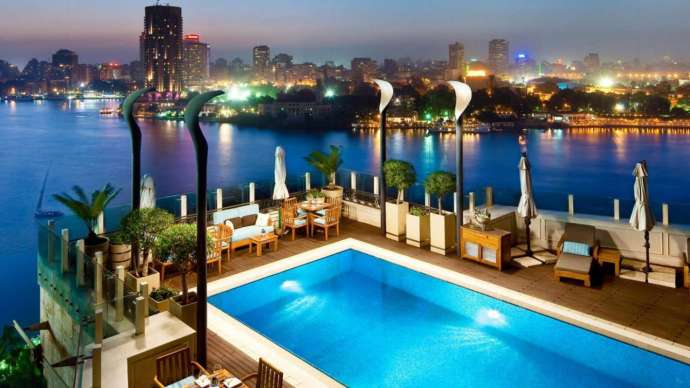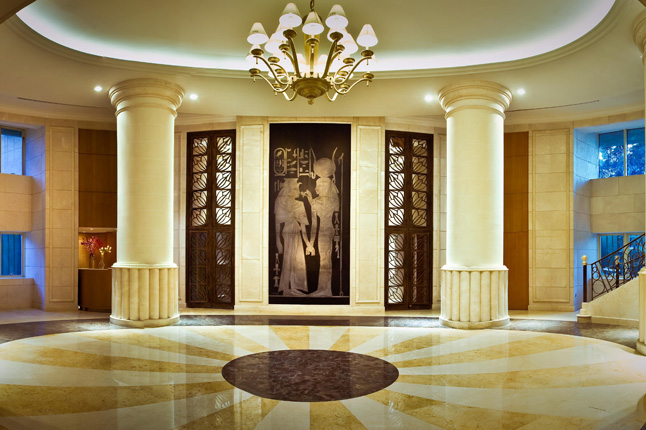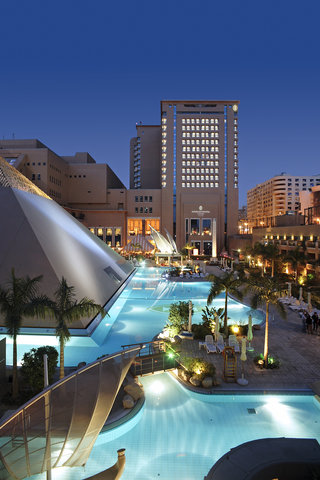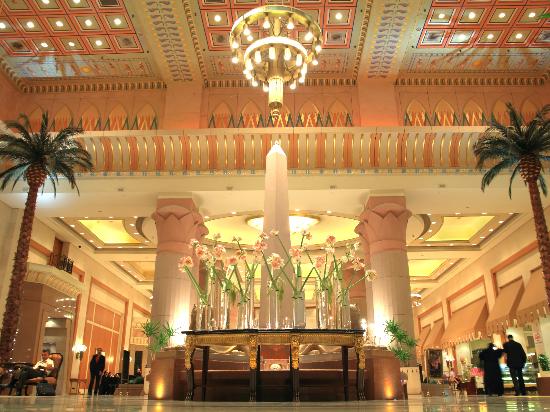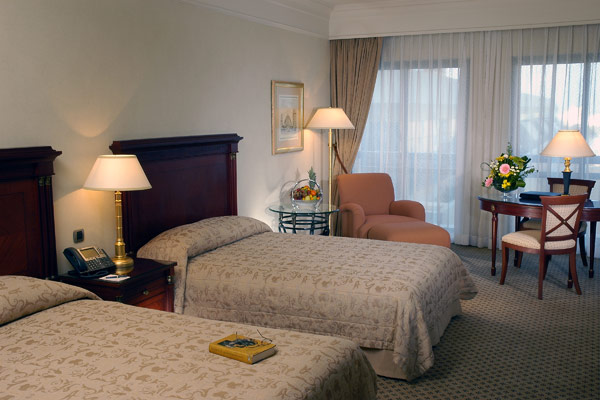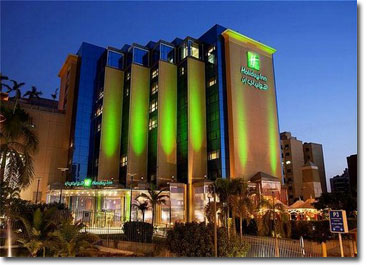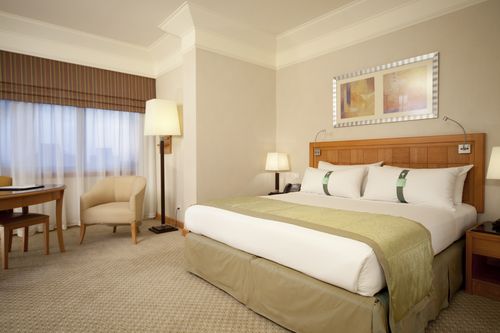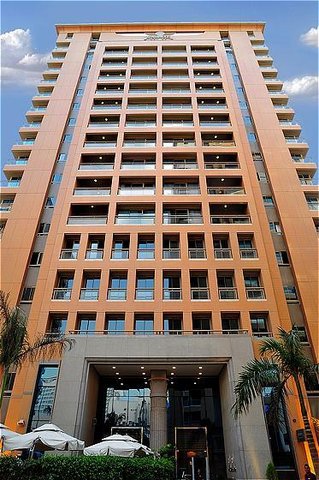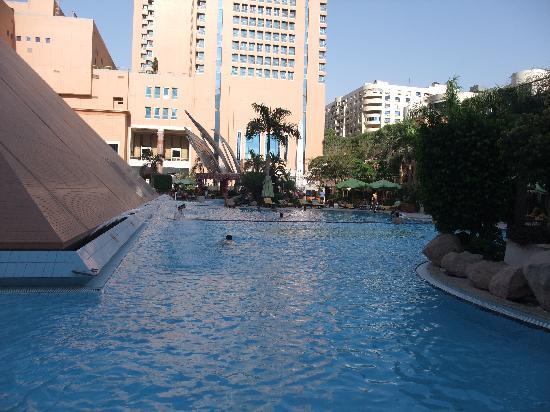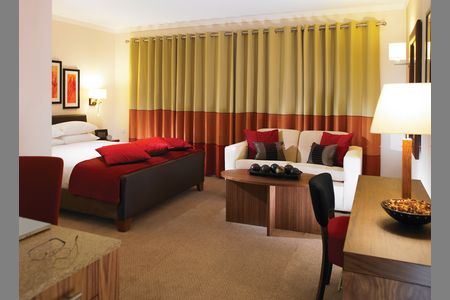Nearly 300 leather fragments from an ancient Egyptian chariot, believed to date back to the New Kingdom, have been recently uncovered from the depths of the Egyptian Museum by a team of renowned archaeologists. Studying the technology and resources utilized in the building of such chariots, the team aims to reconstruct an ancient Egyptian royal chariot in 2014, using the same technology as that used by the ancient Egyptians.
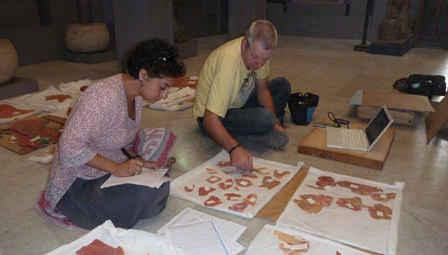
Salima Ikram and Andre Veldmeijer retrieve extraordinary leather fragments of an ancient chariot from abandoned casings at the Egyptian Museum in Cairo
Photo: The American University in Cairo
“The discovery of such leather fragments is extremely rare and unusual,” said Salima Ikram, professor of Egyptology, who is among the team of archaeologists working to unravel the mysteries behind these recently uncovered leather portions. “Only a handful of complete chariots are known from ancient Egypt, and of these, only one heavily restored in Florence, and that of Yuya and Tjuiu in the Egyptian Museum, have any significant amount of leather. Even then, they are largely unembellished and not as well-preserved as the fragments we found.”
Although horse-drawn chariots are often illustrated in ancient Egyptian artwork, archaeological evidence that goes beyond wooden frames is scarce. Due to their organic nature, leather fragments seldom survive. “The pieces were in a much better shape than we originally anticipated, and we were able to achieve a sense of how the leather unfolds,” said Ikram. “The fine condition that the leather was in suggests that it may have been preserved in a tomb. Leather finds from urban contexts such as Amarna, although still relatively good compared to those from many sites elsewhere in the world, usually show signs of disintegration, are brittle and, overall, in far worse condition.”
In constructing an exact replica of the chariot, Ikram and the team aim to gain an understanding of the construction technology and the leather used in its fabrication, as well as to test hypotheses about the uses of the different pieces of leather, which may prove to be a challenging endeavor. “Some leather pieces are folded over in a crumpled state, and the reconstruction of certain portions while trying to maintain accuracy in reproducing the technologies used might be more difficult than we anticipate,” said Ikram.
Back in 2008, Ikram commenced work with Andre Veldmeijer, head of the Egyptology section at the Netherlands Flemish Institute in Cairo, on the Ancient Egypt Leatherwork Project, when they came across a 1950s publication by Robert Jacobus Forbes titled Studies in Ancient Technology. The manuscript spoke of a black and white photograph of ancient trappings and horse harnesses, evidently intact and said to exist at the Egyptian Museum in Cairo. Intrigued by Forbes’s findings, Ikram and Veldmeijer sought the help of museum curators to locate a cache of leather trays pertaining to an Egyptian chariot, including parts of the bow-case.
Ikram and Veldmeijer sought to document, examine and conduct analytical studies of the technology and resources utilized. They categorized the leather into two main groups based on color and sturdiness: red and green fine leather, and beige and green robust leather. Some of the uncovered leather pieces were highly decorated with leather appliqué work, while others were plainer. The leather fragments have been numbered and described, and include nave hoops, neck straps, gauntlets and parts of the bow-case. The remnants evidently comprised all parts of the chariot. “Everything we saw about the chariot leather was new,” affirmed Ikram. “It presented a revelation on how the chariot was put together, the technologies and materials used. Our examinations also disclosed how drawstrings served as the means of securing leather components over the skeleton of the chariot.”
By closely examining the findings, Ikram hopes to be able to better situate them within the backdrop of Egyptian chariotry. The Egyptian Museum Chariot Project findings fit in with a larger multidisciplinary and holistic research venture on leatherwork in ancient Egypt, which also includes the study of other fragmentary chariot pieces, such as those originating from the tombs of Thutmose IV (Carter and Newberry, 1904), Amenhotep II (Daressy, 1902) and Amenhotep III (Littauer and Crouwel, 1985, 1968 and 1987), as well as the leather finds from the Amarna period (Veldmeijer, 2010). This larger project is directed by Veldmeijer and Ikram.
“Chariots changed the way people looked at terrains and the way they interacted with them,” said Ikram. “Before the chariot, transportation means in ancient Egypt were limited to boats, donkeys and walking. It introduced the notion of roadways for faster wheel conveyance, revolutionizing the way Egyptians moved through the landscape and pioneering means of transportation and warfare.”
Aside from peaceable pursuits, the chariot was closely linked to the military, providing a moving platform from which the archer could shoot at the enemy. Hunting is also repeatedly depicted as a favorite sport of Egyptian royalty and nobility, and both are frequently represented pursuing desert games while riding in their chariots. Chariot processional scenes are believed to be popular from the 18th Dynasty onward, where the triumphant pharaoh is often shown to be returning alone from the battlefield.
From ancient eras to contemporary times, Ikram believes that chariots denoted one of the earliest personal transport concepts known to mankind. “The chariot is the precursor to the car,” she said. “The ancient Egyptians used it in the same way in which early motorized vehicles were used by us.”
Source of article: The American University in Cairo’s newsletter news@auc

